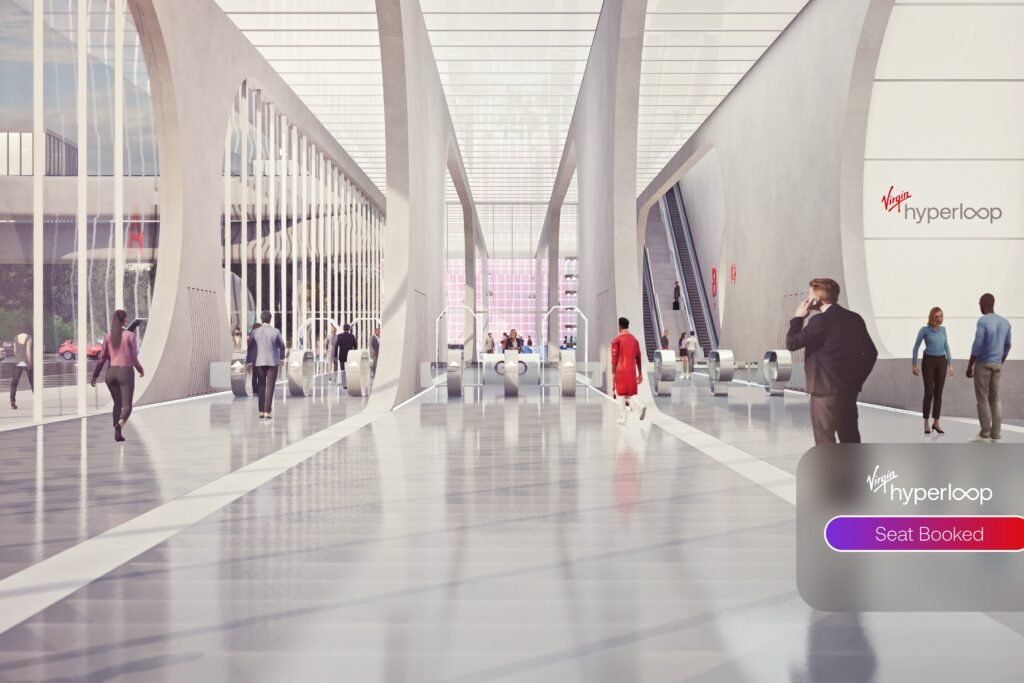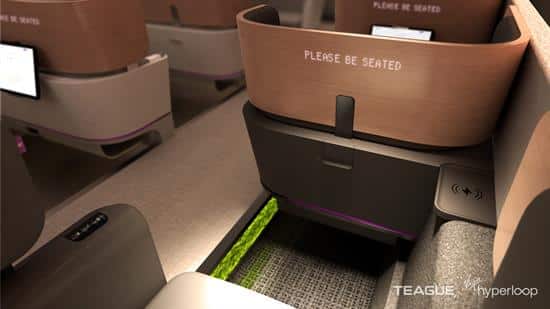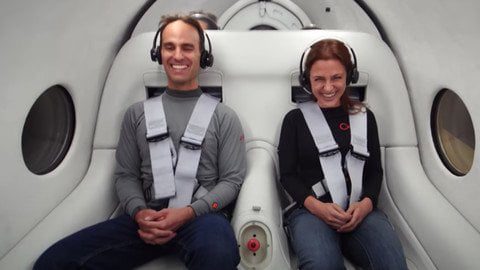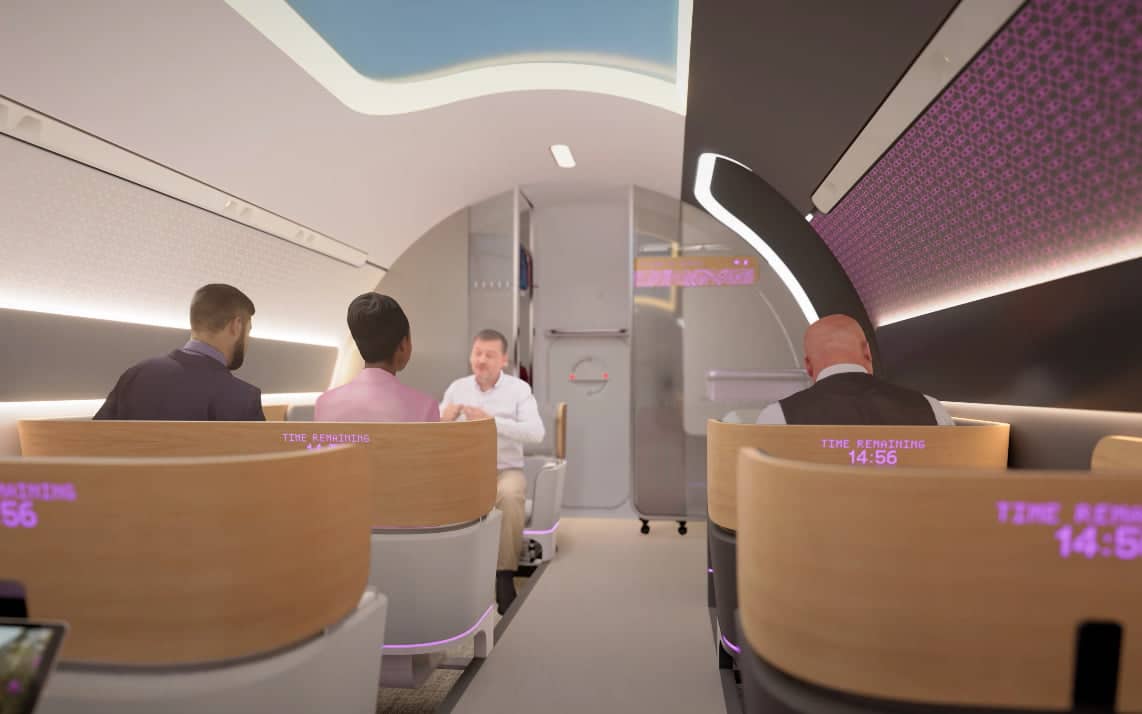Virgin Hyperloop has released a new video showing what the experience of traveling inside a cabin in a “vacuum” tube at dizzying speeds could one day be like.
It is an ambitious vision of the future of transport. The conceptual video showing how Hyperloop will travel goes through every step of the travel process, from check-in to disembarking.
Traveling in Hyperloop? A land plane
The experience seems reminiscent of entering the airport to catch a plane. The interior of the Hyperloop travel shuttle, however, seems more inspired by train travel.

The biggest difference is that there are no windows, except what appears to be a generous skylight above. This is because the magnetic levitation pod runs in a vacuum tube at speeds of up to 1200 kilometers per hour (760 mph).
To make riding the Hyperloop a less claustrophobic experience, the design team aims to provide passengers with an airy feeling.

Bands of greenery and wood textures subvert the aesthetic of typical mass transit materials with something optimistic and fresh.
All lighting in the pod, including the unpretentious information displays, is dynamic and adjusts based on traveler activity and journey milestones
John Barratt, CEO and president of the Teague design firm that designed the Virgin Hyperloop cabin interiors
Traveling in Hyperloop, we'll talk about it in a bit
Hyperloop is a futuristic mode of transportation that won't begin commercial operations until at least 2030, according to Virgin, but it has made progress with the technology.

A first passenger test of the system in November managed to accelerate two Virgin Hyperloop executives to a speed of 172 kilometers per hour (107 mph) in just 6,25 seconds. I'm talking about it here.
It didn't feel much different than speeding in a sports car
Josh Giegel, co-founder of Virgin Hyperloop and first passenger.
The future
Virgin Hyperloop hopes to carry thousands of passengers per hour inside large convoys of 28-passenger cabins. You will be able to travel in a Hyperloop inside individual cabins arranged a few milliseconds apart from each other.
In this phase, two parallel efforts: alongside the optimization of technology there is the search for economic sustainability. It will have to be cheaper than flying, or it will never catch on.
The future dictated by daily high-speed transport could be radically different. Imagine (to stay in Italy) being able to cross the whole country in an hour.


